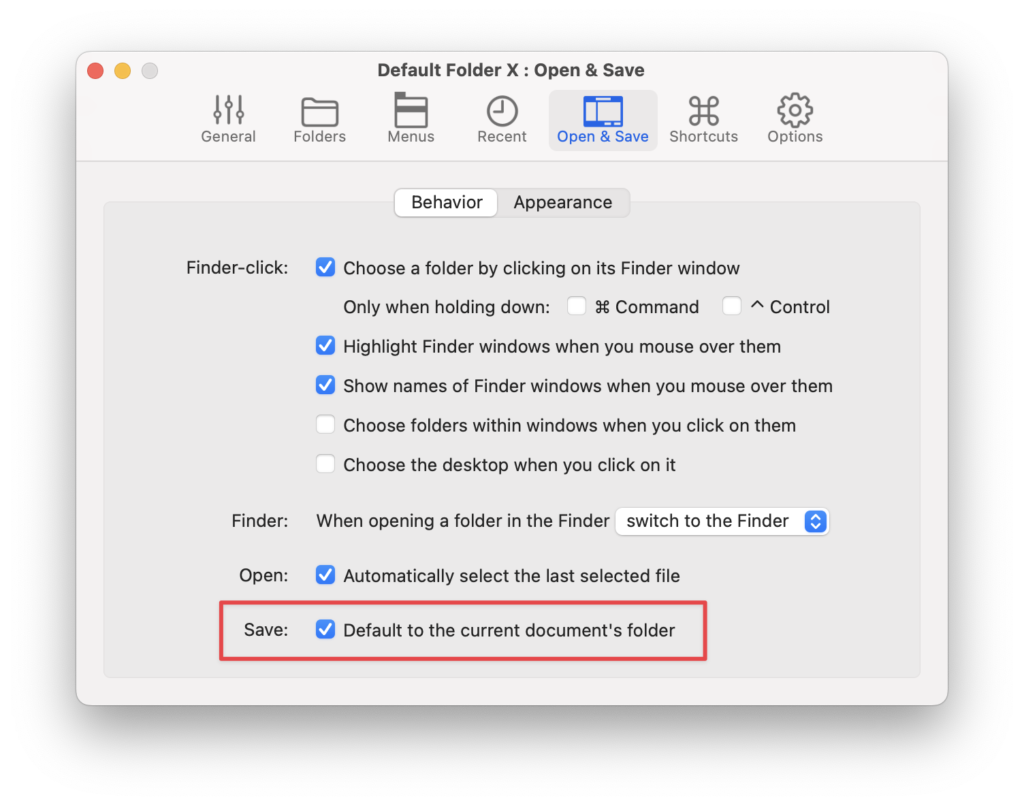So, in the last release of Default Folder X I added a somewhat complex (and relatively slow) feature to determine the correct name, location and icon for the Dropbox, OneDrive, Google Drive and Box Drive folders. It was only intended to be used for the top-level folders, so its slower speed wasn’t really an issue – it’s used infrequently.
But (there’s always a “but”, right?) when I deployed this new code within Default Folder X, it was inadvertently being called for every file and folder on any of those services. What resulted was a significant slow-down in Default Folder X’s menus, Quick Search, and any other place that the user-facing “display names” of items were shown in bulk (though only if the items happened to reside within one of those cloud services’ folders, so some of you may not have noticed an impact at all). Version 6.0.6 fixes this bug, and I even made that new code faster as well.
In addition, with some learnings gleaned from dealing with OneDrive again, I also remedied a long-standing problem with Microsoft Word. When you’re editing a document that’s stored in OneDrive, Word doesn’t internally represent that document as being on the local machine, but instead references it via a cloud-based URL. That caused problems for Default Folder X’s “default to the current document’s folder” feature, because as far as Word is concerned, there is no folder for that document on the Mac you’re using – it’s in the cloud.
With this release, Default Folder X translates Word’s OneDrive URL back into a location in the OneDrive folder on your Mac, so the “default to the current document’s folder” feature now works correctly.
Anyway, if you’re already running Default Folder X, just select “Check for Update” from its menu to get the new version. If not, you can download it and read the release notes on the Default Folder X What’s New page. And yes, the update is free if you’ve already bought a Default Folder X 6 license (thank you!).


